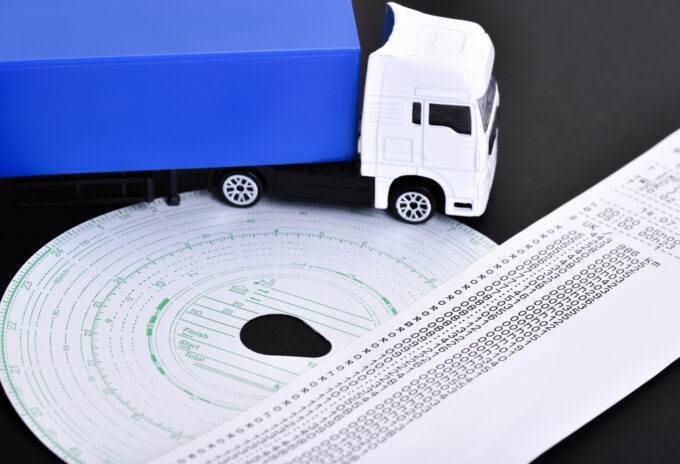Federal Council wants to make transports even safer with new EU tachographs
The Federal Council recently decided to introduce the second version of the intelligent tachograph. The decision also includes further adaptations of Swiss regulations to international law. The regulations will come into force in mid-July.

The second version of the intelligent tachograph, also known as GEN2 V2, will be introduced in step with the EU. New vehicles must be equipped with this tachograph when they are first put on the market from August 21, 2023, the Federal Council writes.
Retrofit obligation
In cross-border traffic, a staggered retrofitting obligation applies to vehicles with older versions. Analog and older digital tachographs will no longer be permitted as early as January 1, 2025, and intelligent tachographs of the first version (GEN2 V1) must also be replaced by August 18, 2025.
In principle, there is no obligation to retrofit vehicles in domestic traffic. However, if use is made of the Swiss option to register a vehicle with a GEN2 V1 tachograph from August 21, 2023 until May 31, 2024, the tachograph must be replaced by the first inspection after 24 months at the latest.
According to the Federal Council's statement, the new devices recognize which country they are in and record border crossings. For this purpose, they have a connection to the global satellite network Galileo and can check the satellite signals for their authenticity. Like the current GEN2 V1 tachographs, the new devices would support remote data retrieval for police. The data may only be used for pre-selection during traffic controls and now also includes indications of possible driving time violations, according to a further statement.
The GEN2 V2 system also includes new tachograph cards with more memory, according to the statement. The cards would continue to be issued by Astra and would already be issued before August 21, 2023.
Expiring regulations for child seats
Further adjustments concern the integration of international construction and equipment regulations for vehicles and components. For example, new child seats that have been tested in accordance with UNECE Regulation No. 44 may no longer be sold or otherwise distributed for use after Sept. 1, 2024, the Federal Council wrote in its statement. This regulation was also made by the EU. The seats are recognizable by the orange label that reads "ECE R44..." and the circular test mark with a capital "E" inside, it said. The use of existing child seats remains permissible, it concludes.









